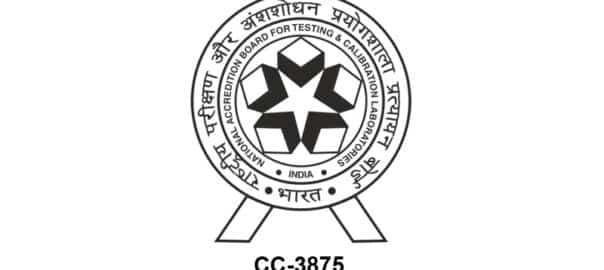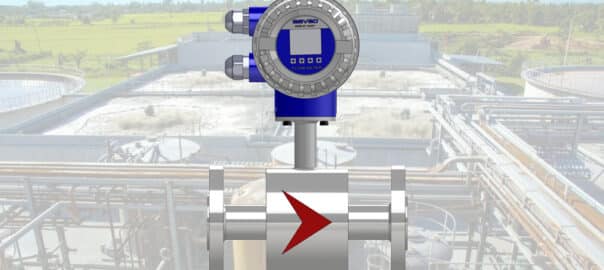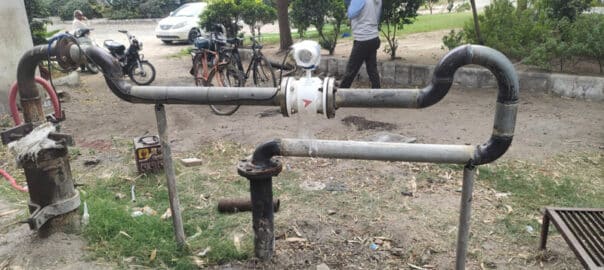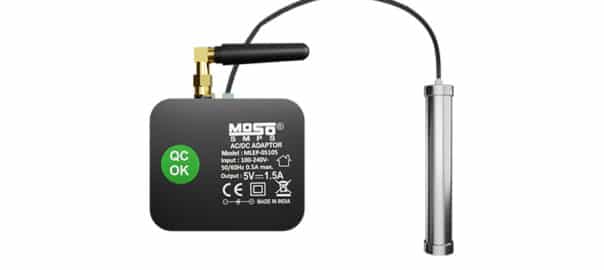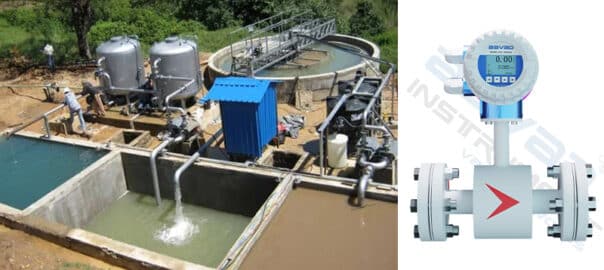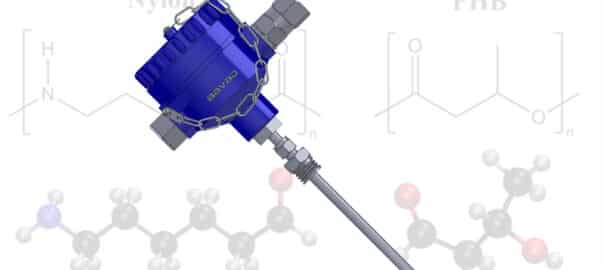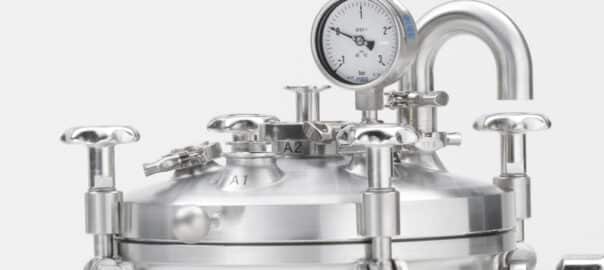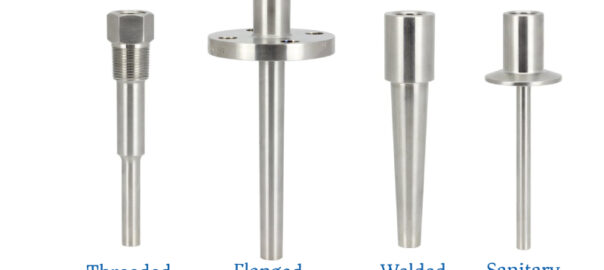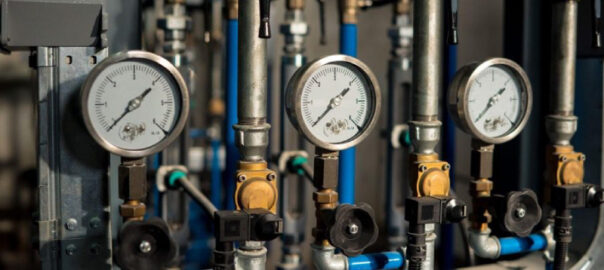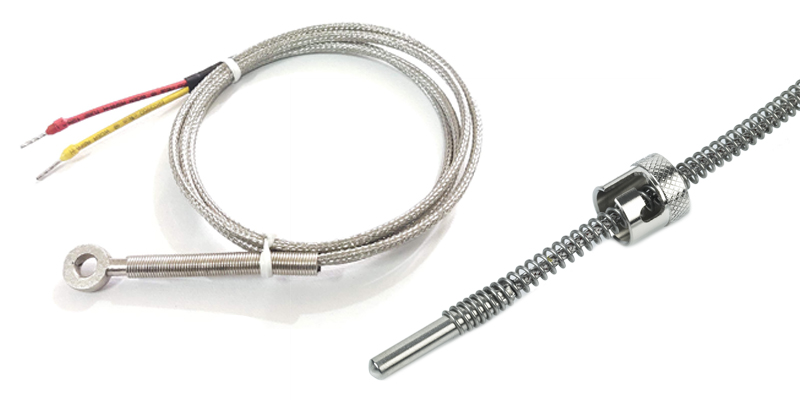
Introduction:
Thermocouples are vital temperature-sensing devices used in a wide range of applications. However, like any electronic component, they can experience faults that affect their accuracy or functionality. In this blog post, we will delve deeper into troubleshooting thermocouple problems, exploring common issues and providing practical solutions to diagnose and resolve them effectively.
- Types of Thermocouple Faults:
- Open circuit: No voltage output or temperature reading.
- Short circuit: Continuous high voltage output or inaccurate temperature readings.
- Drift: Gradual and consistent deviation from accurate temperature readings.
- Inconsistent output: Fluctuating or erratic temperature measurements.
- Reference junction issues: Compensation errors due to inadequate reference temperature measurement.
- Diagnosing Thermocouple Faults:
- Use a multimeter to measure voltage output and verify connection integrity.
- Inspect the thermocouple junction and wiring for physical damage or corrosion.
- Check for loose or disconnected connections at both ends.
- Measure the resistance of the thermocouple wire to detect any breaks or shorts.
- Validate the reference junction temperature measurement accuracy.
- Common Causes and Solutions:
- Oxidation and corrosion: Clean the junction with a soft brush or fine sandpaper.
- Loose connections: Tighten all terminal screws and ensure proper contact.
- Damaged or worn wires: Replace the damaged section or the entire wire if necessary.
- Exposure to extreme temperatures: Consider using a thermowell or protective sheath.
- Electrical interference: Shield the thermocouple wires and ensure proper grounding.
- Recalibration and Calibration:
- Understand the importance of regular calibration for accurate temperature measurement.
- Consult the manufacturer’s guidelines or a qualified technician for recalibration.
- Use calibration equipment or services to ensure precise readings.
- When to Seek Professional Assistance:
- If the fault is beyond your expertise or the system is complex, contact a professional.
- If safety risks are involved, consult an expert for proper handling and troubleshooting.
- Preventive Maintenance:
- Implement regular inspection and cleaning routines.
- Follow manufacturer recommendations for maintenance intervals and procedures.
- Keep records of calibration and maintenance activities.
- Conclusion:
- Recap the significance of a functional thermocouple for accurate temperature measurement.
- Emphasize the importance of diagnosing and addressing faults promptly.
- Encourage readers to seek professional help when needed and to prioritize safety.
Remember, while this blog post provides general troubleshooting guidance, it’s essential to refer to specific manufacturer instructions and consult experts for complex thermocouple issues or specialized systems.
Note: The content provided here is purely fictional and serves as an example for the requested topic. It does not reflect real thermocouple troubleshooting advice.

